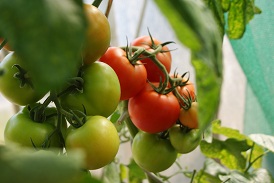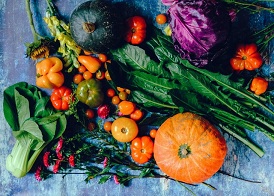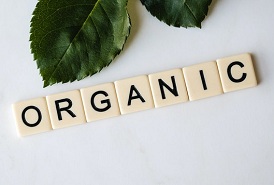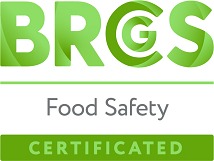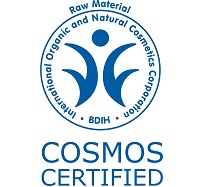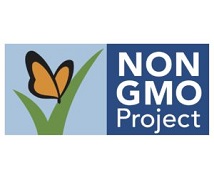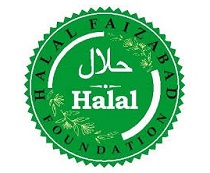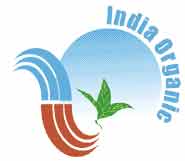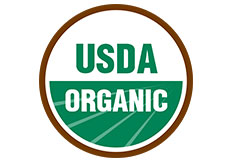

Organic sustainability
Organic agriculture is an ecological production management system that promotes and enhances biodiversity, biological cycles and soil biological activity. It is based on minimal use of off-farm inputs and on management practices that restore, maintain and enhance ecological harmony.
Sustainable agriculture refers both to economic and ecological sustainability. Any farming system that is going to be truly sustainable must be so in both senses; a farmer cannot stay in the farming business if the farming operation is not economically viable, regardless of how fine it may be ecologically! While there is considerable debate about exactly what constitutes sustainable agriculture, in general it is defined in terms of practices that not only allow for quality of life and agricultural production for this generation, but also for generations into the future. Sustainable agriculture doesn’t necessarily mean “organic” farming (farming without use of synthetic chemical inputs), although increased attention is paid to “organic components,” particularly in fertility and pest control.
Sustainable (or alternative) agricultural practices are fundamentally a more ecologically based approach to raising food. These practices are based on understanding of, and respect for, ecological principles. In such systems, growers find themselves working with the ecology of the system, rather than against it.
Sustainable (or alternative) agricultural practices are fundamentally a more ecologically based approach to raising food. These practices are based on understanding of, and respect for, ecological principles. In such systems, growers find themselves working with the ecology of the system, rather than against it.
Sustainable agriculture has gained increasing attention over recent years. The U.S. Department of Agriculture (USDA) has a (small) sustainable agriculture program called “SARE” (Sustainable Agriculture Research and Education program), which, while not big budget, does provide some funding for research and education in sustainable agriculture. (This program was formerly referred to as “LISA,” for “Low Input Sustainable Agriculture,” but some groups objected to the “low input” part of this title, hence the name switch. If you are reading older literature about the US government and its involvement with sustainable agriculture, however, you may see the LISA acronym used.) Unfortunately, however, the fraction of the USDA research budget that is devoted to projects of relevance to alternative farming practices (including organic farming — see below) remains very small — in 1995, it was estimated at about 0.1% of the research budget (that is, one tenth of one percent).

